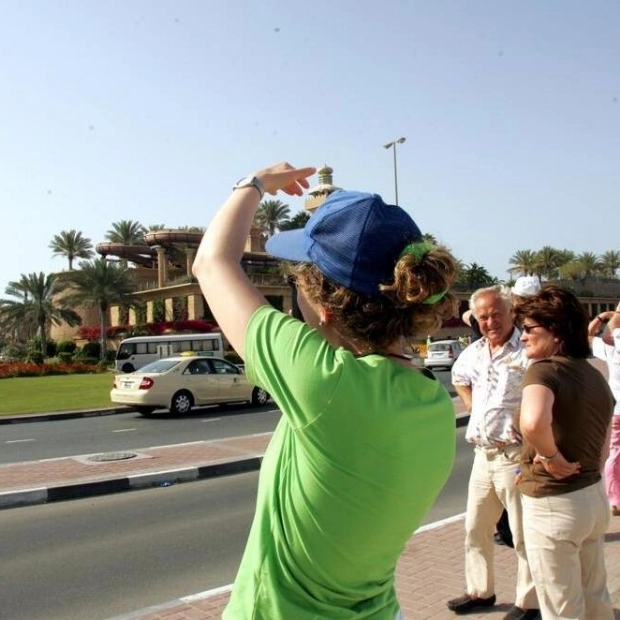Photo: AFP
Syrian rebels announced they had taken control of the southern city of Daraa on Saturday, marking a significant victory as it was the birthplace of the 2011 uprising against President Bashar al-Assad. This marks the fourth city his forces have lost in a week. Rebel sources reported that the military agreed to a coordinated withdrawal from Daraa under an agreement that provided safe passage for army officials to the capital Damascus, approximately 100km to the north. Social media videos depicted rebels on motorcycles and mingling with residents on the streets, with people firing shots into the air in celebration at the city's main square.
With the fall of Daraa, Assad's forces have now ceded four crucial centers to the insurgents within a week. Daraa, which had a population exceeding 100,000 before the onset of the civil war 13 years ago, holds significant symbolic value as the cradle of the uprising. It serves as the capital of a province with about 1 million inhabitants, bordering Jordan.
The capture of Daraa followed the rebels' claim late on Friday that they had advanced to the outskirts of the central city of Homs, a vital crossroads between the capital and the Mediterranean coast. Seizing Homs would sever Damascus's connection to the coastal stronghold of Assad's minority Alawite sect, as well as to a naval and air base of his Russian allies. 'Our forces have liberated the last village on the outskirts of the city of Homs and are now on its walls,' the leading Syrian faction declared on the Telegram messaging app.
A coalition of rebel factions, including Hayat Tahrir al-Sham (HTS), issued a final call for forces loyal to Assad's government in Homs to defect. In anticipation of the rebel advance, thousands of people fled Homs towards the coastal regions of Latakia and Tartus, which are government strongholds, according to residents and witnesses.
In a separate development, a US-backed alliance led by Syrian Kurdish fighters captured Deir el-Zor, the government's main foothold in the vast eastern desert, on Friday, according to three Syrian sources. The rebels also seized control of Aleppo and Hama in the northwest and center earlier in the rapid offensive that commenced on November 27. Adding to Assad's troubles in the east, the Syrian Kurdish force reported that Islamic State had taken control of some areas in eastern Syria.
Aron Lund, a fellow at the Century Foundation, commented that Assad's government was 'fighting for their lives at this point.' While it was possible the government could still hold Homs, 'given the speed at which things have moved so far, I wouldn't count on it,' he said on Friday. Syrian state TV reported that Russian-Syrian airstrikes targeting rebel headquarters in the countryside of Hama, Idlib, and Aleppo resulted in the deaths of at least 200 insurgents, citing the Russian Coordination Centre in Syria. Syrian state media also reported that dozens of rebels were killed in the Homs countryside on Friday during an operation by Syrian and Russian air forces, artillery, missiles, and armored vehicles.
After years of being confined behind frozen front lines, rebel forces have made a dramatic breakthrough from their northwestern Idlib stronghold, achieving the swiftest battlefield advance by either side since the street uprising against Assad escalated into civil war 13 years ago. The conflict in Syria has claimed the lives of more than 305,000 people between 2011 and 2021, according to the United Nations Human Rights Office in 2022.
The leader of the main rebel faction HTS, Abu Mohammed Al-Golani, vowed in an interview with the New York Times published on Friday that the insurgents could bring an end to Assad's rule. 'This operation broke the enemy,' he said of the rebels’ lightning offensive.
Source link: https://www.khaleejtimes.com






